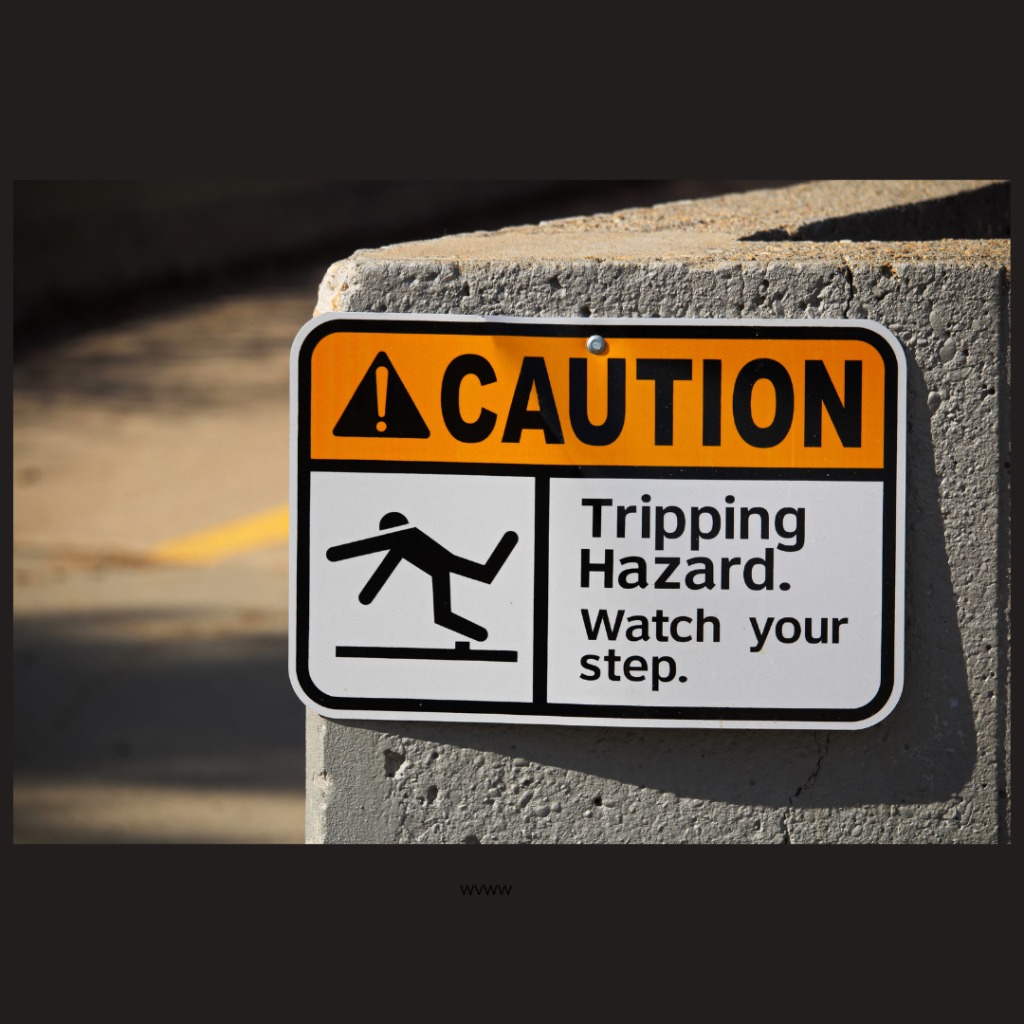Skilled trades such as construction, plumbing, and electrical work are critical to building and maintaining infrastructure, but they also come with significant safety risks. Understanding these risks and how to prevent them is key to ensuring the safety of workers and the success of projects. Below, we’ll explore some of the most common safety risks in skilled trades and offer practical solutions for preventing them.
Falls from Heights
The Risk: Falls are one of the leading causes of fatalities in the construction industry. Workers often perform tasks on ladders, scaffolding, or rooftops, making them vulnerable to falls.
Prevention:
- Fall Protection Training: Workers should undergo fall protection training that covers proper equipment use, such as harnesses and guardrails.
- Regular Equipment Inspections: Ensure that ladders, scaffolding, and other equipment are in good working condition before use.
- Personal Protective Equipment (PPE): Workers should always wear hard hats, harnesses, and appropriate footwear.
- Jobsite Awareness: Encourage workers to be mindful of their surroundings and any potential tripping hazards that could lead to falls.
Electrical Hazards
The Risk: Electrical work poses a high risk of shock, burns, and even electrocution. Improper handling of electrical systems, damaged wires, or working without adequate protective gear increases the danger.
Prevention:
- Proper Training: Workers should have specialized training in handling electrical systems safely.
- Lockout/Tagout Procedures: Implement strict lockout/tagout (LOTO) protocols to ensure that machinery or electrical systems are de-energized before maintenance.
- PPE for Electrical Work: Workers should use insulated gloves, mats, and other PPE designed for electrical safety.
- Regular System Inspections: Electrical systems should be inspected for faults or damage before starting any work.
Heavy Machinery and Equipment Accidents
The Risk: Operating heavy machinery such as forklifts, cranes, and bulldozers can lead to crushing injuries, struck-by accidents, or equipment rollovers.
Prevention:
- Operator Training: Ensure that only trained and certified personnel operate heavy machinery.
- Equipment Maintenance: Regularly inspect and maintain machinery to prevent malfunctions.
- Site Control: Implement clear worksite traffic patterns and proper signage to minimize the risk of collisions.
- Spotters and Communication: Use spotters to guide machinery operators and maintain constant communication during operations.
Exposure to Hazardous Materials
The Risk: In trades like plumbing and construction, workers may encounter hazardous materials such as asbestos, lead, and toxic chemicals, which can pose health risks over time.
Prevention:
- Material Safety Data Sheets (MSDS): Ensure that workers are aware of hazardous materials by providing MSDS and proper training on handling and disposal.
- Proper Ventilation: Workspaces should be well-ventilated, especially in enclosed areas where fumes and chemicals may accumulate.
- PPE Use: Workers should wear respirators, gloves, and protective clothing when handling hazardous materials.
- Compliance with Regulations: Follow OSHA and Environmental Protection Agency (EPA) guidelines for hazardous material safety.
Musculoskeletal Injuries
The Risk: Repetitive motions, heavy lifting, and awkward working positions often lead to musculoskeletal injuries such as strains, sprains, and back injuries.
Prevention:
- Ergonomic Training: Train workers on proper lifting techniques and body mechanics to reduce strain.
- Mechanical Aids: Use forklifts, cranes, and dollies to assist in lifting heavy loads, rather than relying solely on manpower.
- Job Rotation: Implement job rotation to reduce repetitive strain on specific muscle groups.
- Stretching and Conditioning: Encourage workers to stretch and perform conditioning exercises before starting physically demanding tasks.
Confined Space Hazards
The Risk: Workers in plumbing, construction, and manufacturing may need to enter confined spaces such as tanks, tunnels, or pipelines. These spaces can pose risks of suffocation, toxic fumes, and entrapment.
Prevention:
- Confined Space Training: Provide workers with training on confined space entry procedures and emergency evacuation protocols.
- Air Quality Testing: Test the air quality in confined spaces before entry to detect toxic gases or low oxygen levels.
- Ventilation Systems: Use proper ventilation systems to maintain a safe working environment in confined spaces.
- Emergency Response Plan: Ensure that workers have access to rescue equipment and know how to respond to emergencies in confined spaces.
Noise Hazards
The Risk: Prolonged exposure to loud machinery or construction sites can lead to hearing loss and other health issues.
Prevention:
- Hearing Protection: Provide workers with earplugs or noise-canceling earmuffs to reduce the impact of loud noises.
- Noise Monitoring: Monitor noise levels on worksites to ensure they are within acceptable limits.
- Enclosures and Barriers: Use soundproof barriers around noisy machinery to minimize the spread of noise.
Prioritizing Safety in Skilled Trades
Safety risks in skilled trades can be life-threatening if not managed properly. Whether it’s preventing falls from heights, protecting against electrical hazards, or reducing exposure to hazardous materials, each safety challenge requires attention to detail and strict adherence to safety protocols.
At West Virginia Women Work (WVWW), we prepare our students to meet these safety challenges head-on with industry-recognized certifications like OSHA 10 and First Aid/CPR. By focusing on safety from the start, our graduates are well-equipped to handle the demands of the job while keeping themselves and their coworkers safe. Through proper training, the use of PPE, and strict safety protocols, skilled trades workers can minimize risks and build a safer, stronger workforce.

